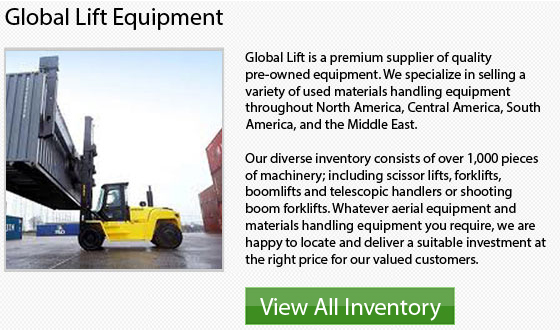
There are actually a variety of vital steps in lift truck training that pertain specially to lift truck safety. For starters, it is important to make certain that all workers have been correctly trained and licensed to utilize the machine. This is a very huge piece of equipment that we are talking about. You just cannot take risks with it. Lift truck training is important business that should be taken seriously. If you decide to skip this process, extreme repercussions could eventually catch up with you. Allowing improperly taught and inexperienced individuals to drive lift trucks could result in serious damage, terrible injuries and also fatality.
Make it a standard company guideline to always use seatbelts, at all times, no matter what. This is a simple topic that workers normally become lax about, specially because the machinery is just traveling 10 miles an hour. Workers often think that they will not have any problems and thus, begin not wearing them. This is where the danger can happen, as it is easy for an accident to take place that can have devastating results. This is not a car or a truck; the seatbelt is not required to hold them in the cab if they run into something. In a lift truck, the purpose is much more significant, even if the machinery travels really slow, in the unfortunate event of a tip-over, the seatbelt holds the operator in place secure in the seat of the operator so they will not topple out and be accidentally crushed beneath.
In the event of any mechanical problems or issues, a well-organized reporting system has to be in place. Workers require a logical way to communicate these situations so that people who are responsible for fixing them will. Workers need to know enough about the machinery that they understand at least the very basics of what can go wrong.
To be able to solve lift truck problems before they become a possibly dangerous and costly, drivers must be able to identify most issues. Having a reliable reporting system in place is very vital for workplaces that run on shift work. Like for example, if one driver leaves after knowing that there is a problem, and the secondary driver doesn't know the issue during his shift, then terrible situations could happen. Lift truck training is a lot more involved than just knowing simply how to use the machinery.
It doesn't matter if an employee feels that the machine is overturning, train your employees to never hop out of a lift truck. The right thing to do in this dangerous situation is to lean away from the turn while staying in the cab and holding on tightly.